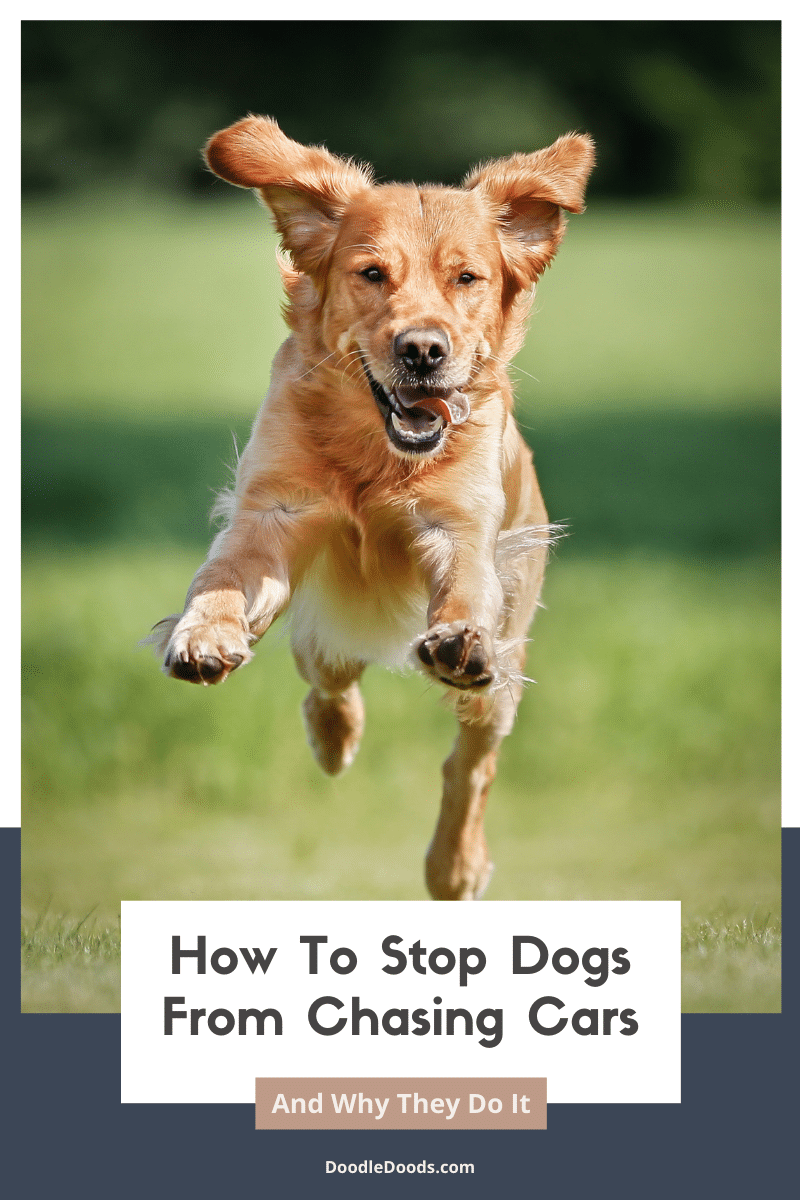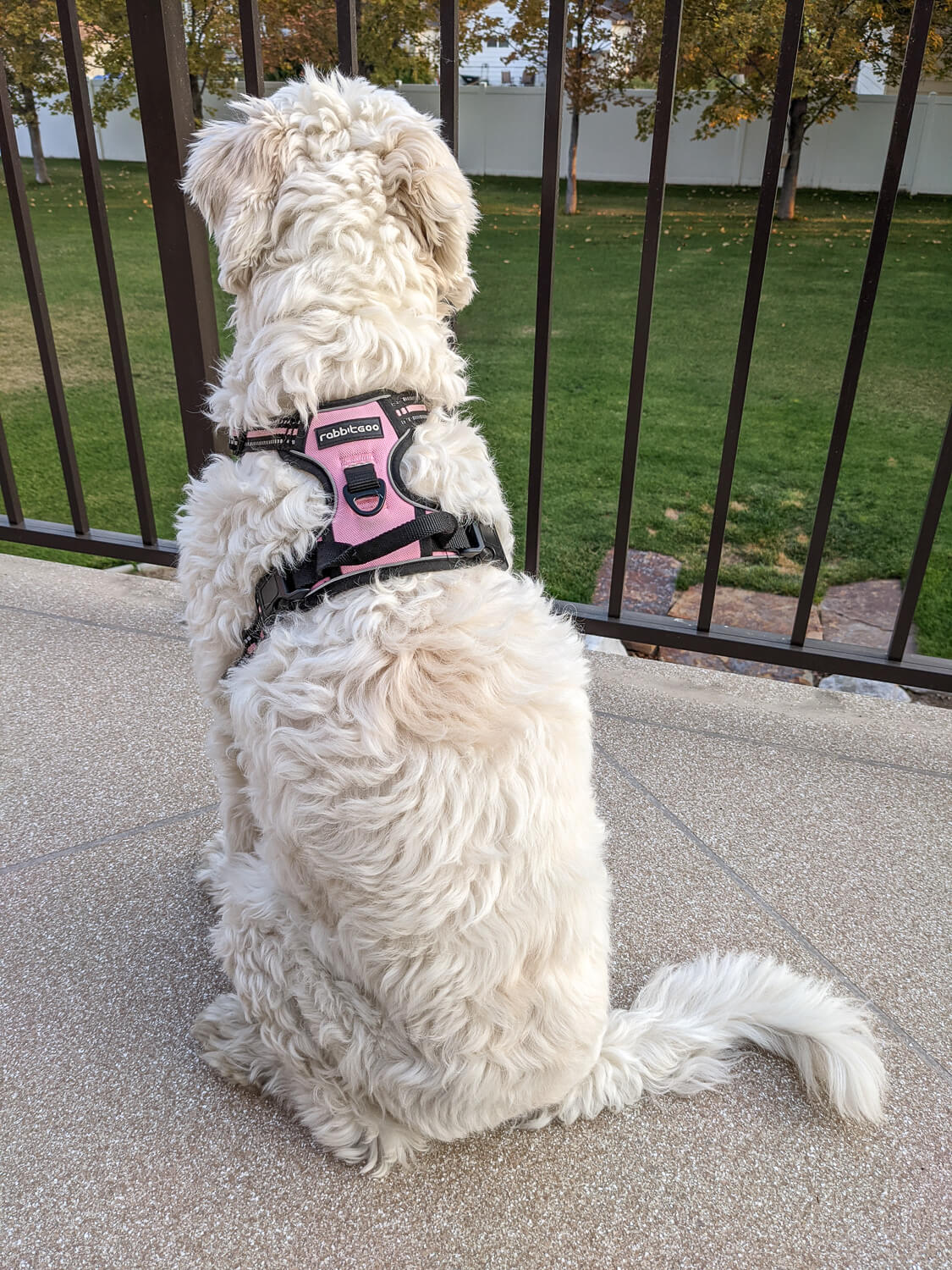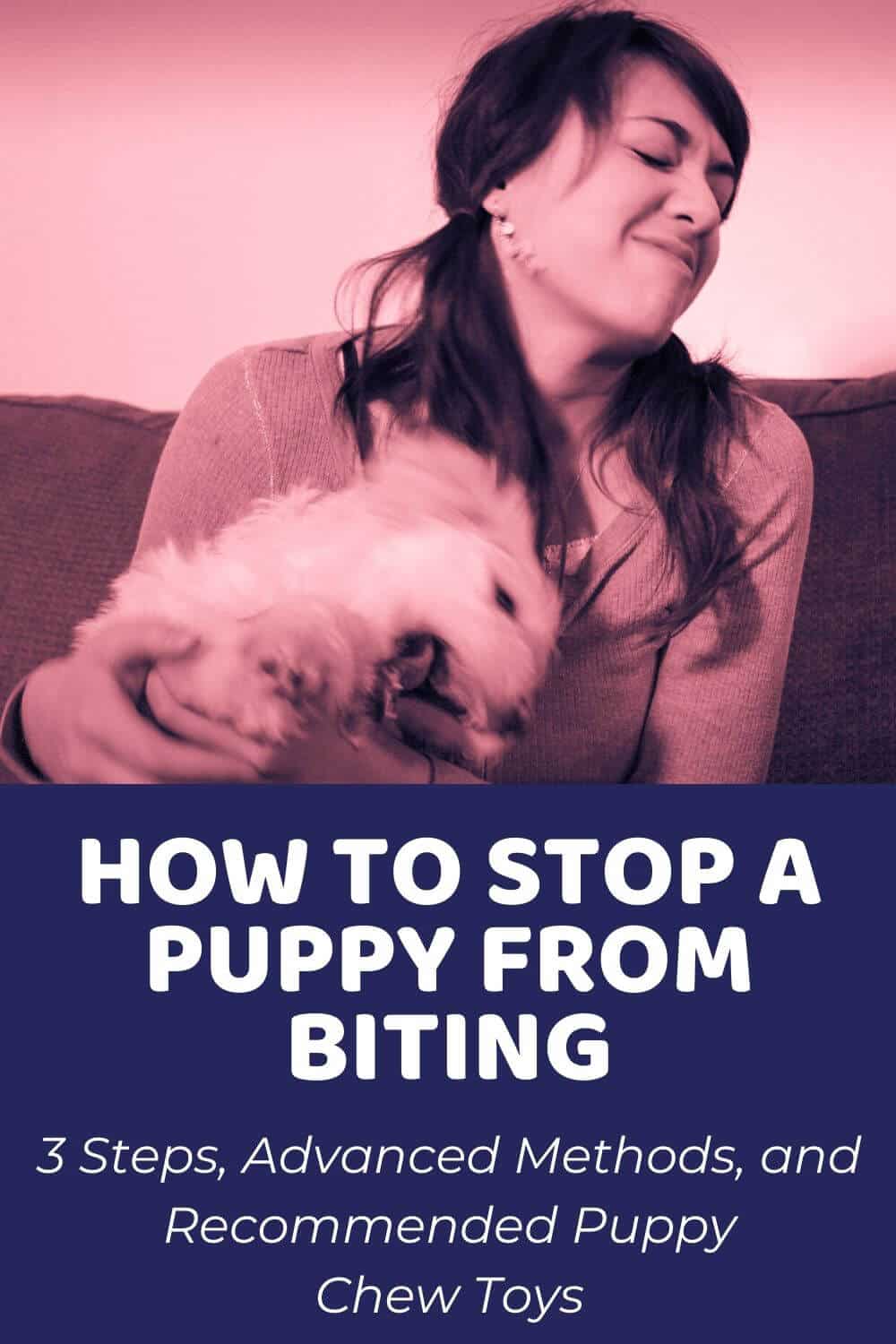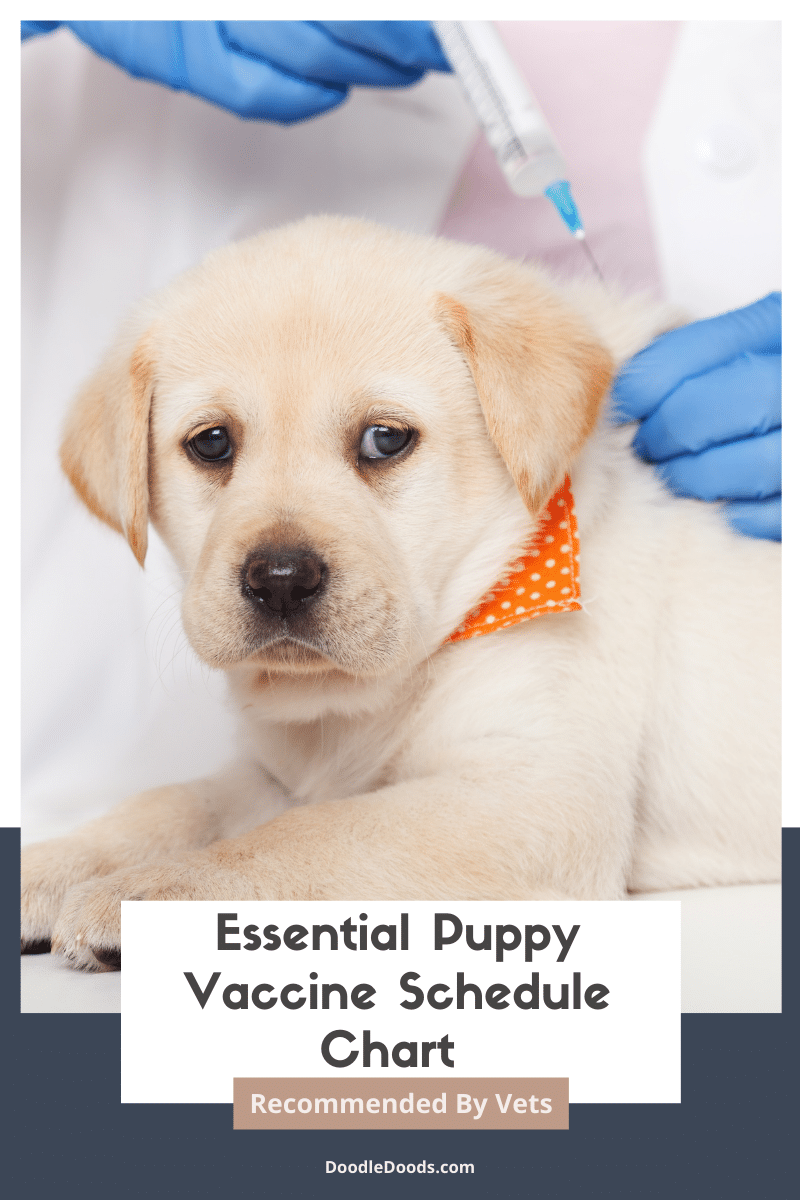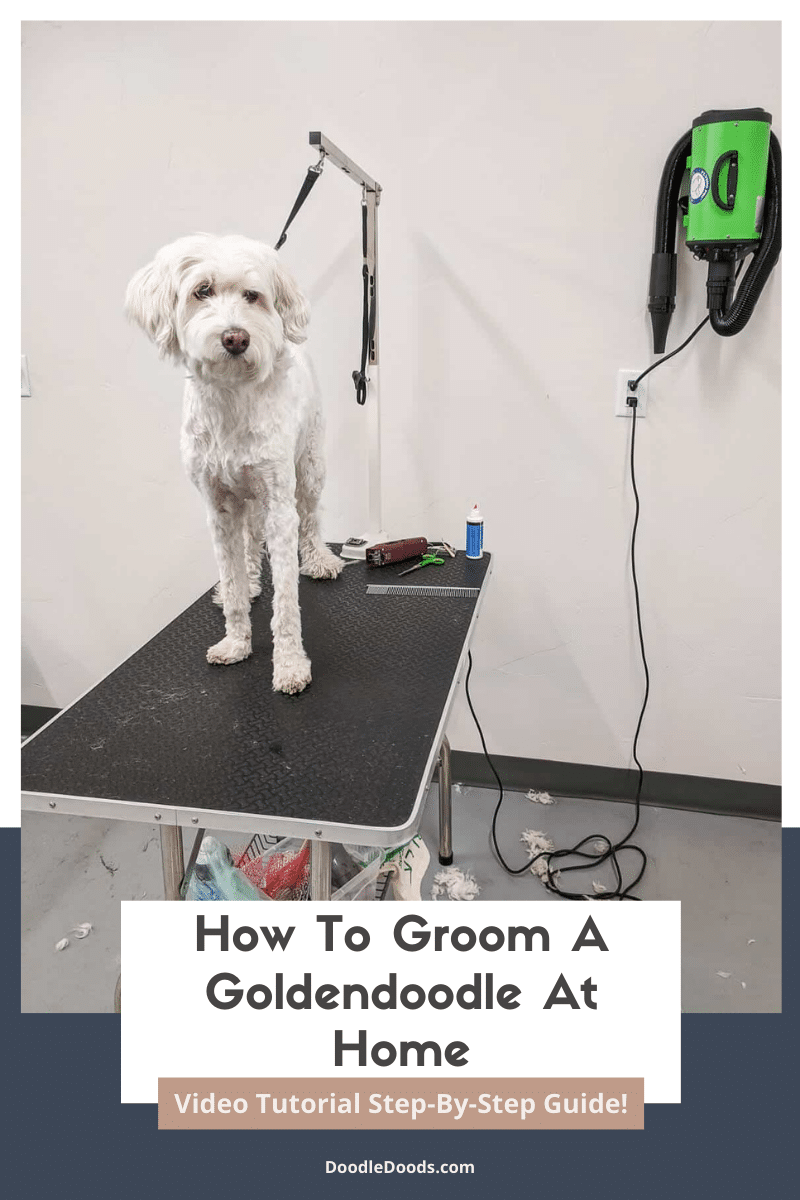While many of your dog’s bad habits may seem designed simply to drive you nuts, others can be downright dangerous. High among this latter list is chasing cars. Dogs love to run, no doubt, and when done in the safety of the park, it’s great. However, if your pup likes to chase runners, bikers, skateboarders, and traffic, you’ll want to do something about that.
At best, chasing can frighten the target. At worst, it could cause an accident with your pup and other road users getting seriously hurt. So, how to stop dogs from chasing cars? If you’re worried because your pet likes to high-tail it after everything moving at speed past them, especially motorbikes and cars, here are a few things you can do to reduce and hopefully even eliminate the behavior.
Table of Contents
- The Thrill of The Chase: Why Dogs Run After Things
- Why You Shouldn’t Let Your Dog Get Away With Chasing Cars
- The Warning Signs A Dog Is About To Give Chase
- Training Your Dog Not To Chase Cars
- What To Avoid Doing While Training Your Dog Out Of Chasing Cars
- How to Stop Dogs From Chasing Cars: Frequently Asked Questions
The Thrill of The Chase: Why Dogs Run After Things
Chasing, like many other curious canine behaviors, is rooted in instinct. Dogs are natural-born predators that once, like many other wild animals of today, had to run down and capture food for their own survival. While these days lucky pups get tasted chow handed to them on a regular basis, many of them still retain these chasing impulses of old.
However, it’s important to be aware that breeds differ both in their chasing behaviors and their motivations for giving chase in the first place. Some breeds, such as Sighthounds, have had these chasing instincts honed through generations of breeding. Although, these may be more inclined to chase small furry things than larger metal things.
Herding dogs are among some of the worst for chasing larger and faster-moving objects like cars. They are used to dealing with bigger livestock and the like. Although obviously, their motivation is not to kill these, simply to get them where they would like them to be. This doesn’t make the behavior any less dangerous, though, unfortunately.
Finally, guard dogs used can also be car chasers. This is linked to their territorial instincts, and so they will certainly look the most aggressive while doing it. The good news, however, with these pups is that their behavior is limited to protecting their home and valuables and so might not be a bother when you’re out walking together.
So when looking to understand why your Doodle is engaging in a little game of traffic chicken, factoring in the old jobs of the parent pups is a good idea. Poodles, as hunting dogs, tend to have a moderate-to-high prey drive, which the other breed in the equation may either boost up or mellow out.
Why You Shouldn’t Let Your Dog Get Away With Chasing Cars
Chasing may seem relatively harmless when done in a controlled environment – say you have a long driveway, a little land, or live in a place where it’s possible to allow your hound a bit more freedom. However, the problem comes not from the chasing per se but what happens if and when your dog is able to catch the car up. They could get hit, get a leg caught under the wheels, or cause the driver to need to swerve sharply.
Plus, if you’re letting your pal get away with chasing cars here, then they are more likely to do it when you don’t want them to. Your dog won’t understand the difference between a safe place to run and an unsafe one. This could cause problems even if you do keep your pet on a leash when walking near the road. They will still likely pull each time they see a car – a bothersome and potentially risky problem if your dog is on the larger side.
The Warning Signs A Dog Is About To Give Chase
Before we discuss the exact tactics on how to stop a dog from chasing cars, it’s key that you learn to read your dog’s behavioral cues. Not only can you quickly prevent your dog from running off like crazy, it can also save your pup from serious injuries or worse.
A dog’s prey-drive instinct involves five distinct behaviors: searching, stalking, chasing, biting to grab, and biting to kill. Cues that they are about to high tail it off come in the stalking part. They will fixate on the object in question, pointing their body toward it. Their posture will be stiff, with their tail straight out or “flagging.” They may start to growl or even bark, and then they will get into the best position for launching themselves down the street. This will likely all happen very quickly, so if your dog is chasing sort, you should always be on the alert while out walking them.
Training Your Dog Not To Chase Cars
As well as being inherent to most dogs, chasing is a highly self-rewarding behavior. This makes it one of the toughest to banish – especially in older dogs who have developed the habit of running after things. In fact, the longer you let your pooch get away with chasing cars, the more ingrained it will be. That’s why you want to tackle it early in their life if you can, or as soon as possible if not. Teaching your older dog not to chase is certainly possible. It will just take more time, and a great deal more effort is all.
Here’s how to stop a dog from chasing cars:
Keep Them On a Leash
Controlling your dog’s environment is the best way to keep them safe and prevent car chasing. Keeping them fenced in at home and on a leash while out and about should be the norm. This is especially the case if you are walking near a road or in an area where your dog could easily access a road. Less of a risk are enclosed parks and hiking trails. That being said, if your dog is the very determined sort, they will find a way. That’s why it may be better to keep your pet leashed at all times until you make headway with their training.
Walking your puller pup on the leash, though, is also not without its challenges. Larger or more energetic Doods could very well pull you right off your feet or into the road. If this is something you’re constantly battling with while trying to keep your pal’s chasing behaviors in check, it might be worth investing in a dedicated no-pull harness. Not only are these designed to reduce pressure on your pet’s throat, but they are also aimed at giving you more control over your fast-paced Fido.
Use Recall Commands Frequently
A key part of any kind of training you do with your dog (and it’s useful to always be focused on building upon this at every opportunity) is teaching them to always pay close attention to you. In this way, you know they will be ready to respond to your commands and that you have enough control over them to allow them to run free where appropriate. Reward your dog well with praise, affection, treats, and games every time they react to their name or look up to see where you are. If your dog is keeping close track of you, they’ll also be less likely to run off.
When your pet does wander a little further afield, this is a good opportunity to practice recall. Calling them back with their name and/or the command “come” often will get your pup in the habit of regularly returning back to you while walking off the leash. Again, make sure you reward your dog every time they do this. It’s a great behavior to encourage. When calling to your dog keep your tone positive and upbeat. Show that you are happy and eager to see them. Shouting or using an angry voice when your dog fails to come back right away will only make them want to stay away from you.
Teach Your Dog To “Sit” And “Stay”
In the early days of training, “sit” and “stay” should be among the first commands you teach your pup. Many behaviors (jumping up, crowding, barking) can often be prevented by using these. Chances are your older dog has already mastered both, in which case, you’ll have a bit of a head start here. If not, you might want to give positive reinforcement a go to get this done. This involves showing your dog what you want and rewarding them when they do it. So, in the case of “sit,” put pressure on their hindquarters to link the command with the action and provide a treat when they do it.
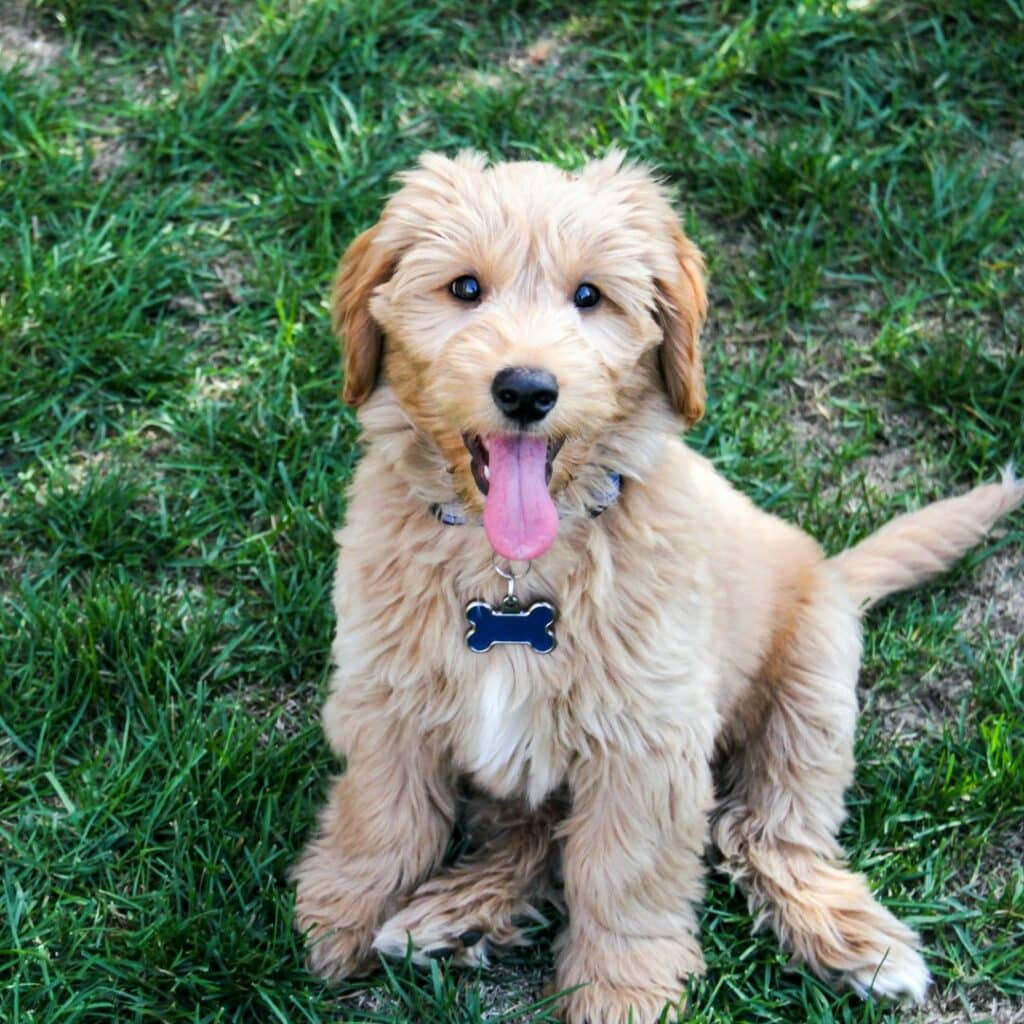
Once your Dood can sit on command, getting them to stay might take a bit more work. Start with a relatively short period at first and work the time up until you can move away from your pet, and then call them over when you are ready for them to come. This is the vital first step in teaching your hound impulse control. Your dog will be eager to come to you, and the treat they know is waiting, but they will have to control their behavior to get it. From here, you will be able to desensitize your pup to a number of other things, including cars. Keeping them calm puts them in a better place to listen.
Play Games of Fetch and Tug
While all this training will be useful in the long run, issues can arise when you try to get your dog’s attention and have them respond to you in the “real world.” Your pet might happily sit, stay and come on command in the comfort and security of your home, but when they have exciting (or scary) things all about them, that attention can well and truly go out the window. Luckily, you can practice all of these in a fun way and in a more stimulating setting before getting any cars involved.
Games of fetch and tug are great for expending your Dood’s excess energy (these dogs can be boisterous), which will have the effect of making them generally calmer. Beyond that, they can be perfect for practicing all commands. Get your pup coming back to you on cue, willingly surrendering a valuable item, and then sitting and waiting for the game to begin. As a further bonus, such bonding games will benefit your and your dog’s relationship, making it more likely that they will trust and listen to you in the future.
Train With A Car
By now, you’ve got your pup’s attention. They are listening to you and responding to your cues – even in a real-world setting. However, all of that still doesn’t necessarily mean that they will hear you or obey you when a car comes dashing by. Alongside instinct and excitement, cars can create a negative emotional response in some dogs. As counterintuitive as it may seem, your fur baby may be chasing vehicles out of fear of them. This is part of a dog’s territorial or resource-guarding instinct. They are trying to get the car away, and so they will likely be far more vocal about it than predator chasers are.
Desensitization is a vital part of positive reinforcement and counter-conditioning alike, especially with dogs who didn’t receive sufficient early socialization. Removing the kind of fear that leads to reactivity can enable your dog to have a calmer response to cars. Setting up training scenarios in a safe space is the best way to do this. The overall aim will be getting your pooch more comfortable with cars will get them to the point of not being triggered by them. In this way, they are able to focus their attention on you and what you’re asking them to do rather than being carried away by their emotions.
The first step in doing this is introducing your pup to a still car with them on the leash. Allow them to have a good look around it, see it, smell it and get used to it. After that, you are going to get the car moving. Keep your pet far back from the car at first (still on the leash). Get them to sit and stay as the car is driven by. If they react in any way, you need to move further away from the car. What you want to do is to get and keep them below the “threshold of reactivity.” When your pup doesn’t respond to the car but remains calm and seated, reward them. Gradually you should be able to move closer and closer.
Have Plenty of Practice Runs
When repeating the above, be sure to move at your dog’s pace rather than your own. It may seem like you are barely making progress, but you will be. Happily, once the first steps have been taken with this, the training should speed up. Your dog will develop an association between the car, the behavior, and the reward that should stick. Once you are able to get as close to the car as you would be on the sidewalk, you should notice a drastic improvement when out walking on the streets too.
It’s always good to do more training than you need rather than less. So even when your dog seems perfectly calm, close to the moving car, keep going. If you can get them to sit and stay ten times in a row without reacting, then you may well have cracked the car-chasing behavior. Then, if possible, you might try taking them to a (very secure) enclosed space where your pup can see cars on the road without getting to them. Letting them off the leash here, repeating the same steps, and seeing no reactivity will be your prize for all that hard work.
What To Avoid Doing While Training Your Dog Out Of Chasing Cars
When dealing with chasing behaviors, there are a few things you might be doing that could be making the situation worse. For instance, one of the worst things you can do if your pup is off their leash and chasing something is to run after them. While you may be understandably keen to get the situation back in hand, your dog will likely think you’re just joining in the game and run all the faster and further. Always encourage your dog to come to you using whatever tools you have. Up the positivity in your voice to make them excited rather than anxious about returning to your side.
As well as that, you should never shout at or physically punish your pet for doing something you don’t want them to do. Not only is it likely that your dog won’t even understand what the punishment is about, but these kinds of actions on your part can create fearful canines that are more likely to lash out. Ultimately, shouting and physical punishments can worsen behaviors, bring about new undesirable ones, and damage your relationship with your pet. If your dog thinks you will hurt them, they won’t trust you, and fear is never a good motivator for getting them to do what you want.
How to Stop Dogs From Chasing Cars: Frequently Asked Questions
Dogs chase cars for several reasons depending on the type of dog they are. However, each of these is linked to instinct, either from their wild ancestors or working dog parents. Having some understanding of what motivates the behavior can really help when you are trying to break it.
Punishment is a very complicated word in the world of dog training. Some kinds are acceptable; these are known as negative punishments, such as time-outs. They can help your hound to calm down. However, you should never use any kind of positive corporal punishment (shouting and hitting) with your dog, as this could make them more anxious and their behavior far worse.
The best way to eliminate care-chasing behaviors is through a process of desensitizing your dog to the stimulus (getting them used to being around moving vehicles) and counter-conditioning – teaching them better behaviors that lead to more positive outcomes (sitting and staying to get praise from their owner and a high-value treat).
It goes without saying that you should ensure your yard is safely enclosed before allowing your pup out there off the leash. Even if they aren’t inclined to chase cars, they might find something else they find as interesting. A sturdy and solid fence means you can let your pal come and go as they please without worrying about them getting lost or hurt.
Eventually, through training, your pup’s focus will be on you at all times. This will allow you to issue commands and recall requests that will be obeyed. However, in the earlier stages of training, you may have to tempt your hound’s attention away from cars with toys and treats that your dog views as more desirable than the thrill of the chase.
Chasing cars can be a problematic and worrisome canine behavior. Beyond that, it can be one of the worst to break. Not only is it part of your dog’s instinct to run after fast-moving things, but chasing is a self-rewarding behavior. It lights up the pleasure centers in your pup’s brain like a Christmas tree! That being said, with a bit of time and attention, as well as consistency and patience, it is something you can change. Hopefully, the methods outlined here will prove effective for you and your Dood.

